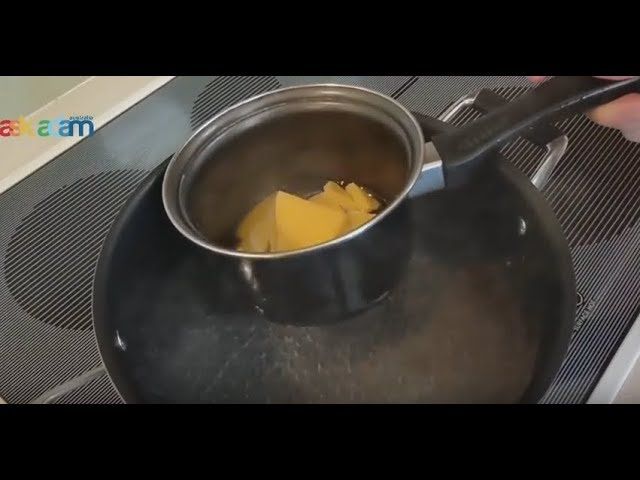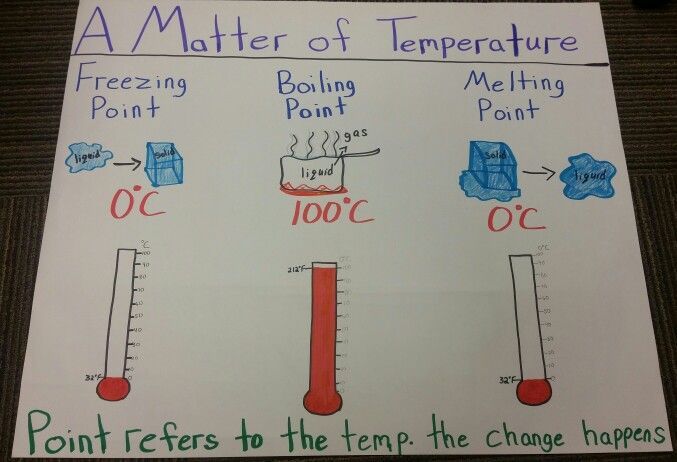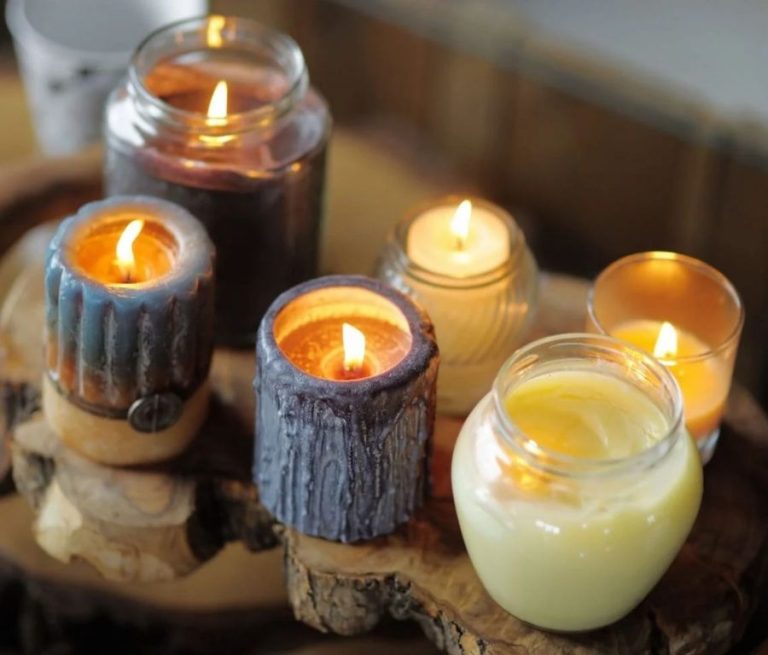Can You Heat Beeswax Too Much?
What is Beeswax?
Beeswax is a natural wax produced by honey bees (Wikipedia). Beeswax is secreted by special glands in the abdomen of worker bees and is used by them to build the honeycomb. According to the Merriam-Webster dictionary, beeswax is defined as “a substance that is secreted by honeybees and is used by them for constructing the honeycomb” (Merriam-Webster).
The wax is formed into hexagonal cells of the honeycomb. It is a dull yellow solid at room temperature that melts at 62-64°C. Beeswax has a pleasant, honey-like scent. It consists of around 300 different compounds, mainly long chain aliphatic hydrocarbons and esters of long chain fatty acids.
Beeswax has been used by humans since ancient times. The earliest evidence of beeswax use comes from the Neolithic Age, around 7000-5500 BCE. Ancient Egyptians used beeswax for embalming, painting, and sculpture. Beeswax candles were common in ancient Rome and Greece. Today, beeswax is used in cosmetics, polishes, art materials like crayons, and food.
Melting Point of Beeswax
The melting point of beeswax is between 144-147°F (62-64°C), according to Wikipedia. This high melting point makes it ideal for candles, as it allows them to burn longer before melting. The main component that gives beeswax its high melting point is myricyl palmitate, which makes up about 70% of beeswax composition.
Compared to other common waxes, beeswax has a significantly higher melting point than soy wax (115-125°F) or paraffin wax (120-140°F), but lower than carnauba wax (180-186°F) according to BlendedWaxes.com. The melting point can vary slightly depending on the composition, but pure beeswax falls within the 144-147°F range.
Why Heat Beeswax?
There are several common reasons for heating beeswax:
Making candles – Heating beeswax allows it to be poured into candle molds and containers. Beeswax has a high melting point, so it needs to be heated to at least 140-150°F to become liquid enough for candle making (source).
Cosmetics – Beeswax is used in a variety of cosmetics like lip balms, lotions, and creams. It must be melted so that it can be mixed and blended properly with other ingredients.
Wood polish – Melted beeswax can be combined with oil to make an all-natural wood polish. The beeswax helps seal and protect the wood.
Batik art – Batik artists use melted beeswax as a resist before dyeing fabric. The wax prevents the dye from absorbing into the fabric underneath.
Lost-wax casting – Artists melt beeswax to make detailed sculptures that can be used as molds for metal casting in the lost-wax technique.
In general, heating allows beeswax to become liquid so it can be easily combined, poured, molded, applied, and used for a variety of purposes.
How to Melt Beeswax

Beeswax should always be melted slowly and gently using indirect heat sources like a double boiler, slow cooker, or oven to avoid overheating it. Direct high heat like stovetop burners can scorch and burn beeswax. Here are some recommended methods for properly melting beeswax:
Double Boiler: Fill the bottom pot with water and place the beeswax in the top pot. Heat the water to simmering – around 180°F to 190°F is ideal. The steam from the simmering water will gently melt the beeswax.[1]
Slow Cooker: Add beeswax to the slow cooker, set to low and cover. Check frequently and stir occasionally as the beeswax melts down. Keep below 200°F.[2]
Oven: Preheat oven to 170°F to 180°F. Place beeswax in a glass/metal bowl or jar in the oven and check often as it melts down. Stir occasionally for even melting.
Microwave: Microwave 1-2 minutes at a time at 50% power, stirring between sessions until melted. Take care not to overheat.
The slower you can melt beeswax, the better. Low steady heat allows the wax to melt fully while avoiding localized hot spots that can burn it. Stirring helps maintain an even temperature throughout. Melted beeswax is flammable so keep away from open flames. Pour melted wax into glass or metal containers to cool and solidify.
Overheating Beeswax
Heating beeswax to too high of a temperature or for too long can cause it to become damaged and lose some of its desirable properties. According to this forum discussion on Beesource, heating beeswax above 150°F starts to break down the wax structure and remove some of the scent compounds. The main sign of overheated beeswax is a change in color – the wax will become darker and take on an olive or brownish hue if overheated.
Heating beeswax above 185°F is not recommended, as at this point the wax can scorch and burn, producing an acrid smell. As noted in this Reddit post, severely overheated wax may not look appealing but can still be used for things like coating foundation and candle making. However, it’s best to avoid scorching beeswax if possible to retain its original light color and aroma.
In summary, going over 185°F or prolonged heating can damage beeswax, so aim to melt it slowly at the lowest temperature possible. Watch for color changes as a sign to remove it from the heat source. With care, beeswax can be safely melted without overheating.
Signs of Overheated Beeswax
There are a few key signs to look out for to determine if your beeswax has been overheated:
Color change – When beeswax is heated above 185°F (85°C), it will turn from its natural light yellow color to a tan or brown color. This color change is irreversible and indicates the wax has been overheated (https://www.reddit.com/r/Beekeeping/comments/xovu5o/this_is_my_melted_beeswax_is_there_any_hope_to/).
Scorching – Severely overheated wax can become scorched and burnt, resulting in black or very dark brown spots throughout the wax. This makes the wax unusable.
Loss of aroma – Pure beeswax has a light, sweet, honey-like aroma. Overheated wax tends to lose this aroma, taking on a more dull or burnt smell instead.
Crystallization – Beeswax that has been overheated may have difficulty crystallizing properly. It may form odd, web-like crystal structures rather than smooth, even crystals.
Texture changes – The texture of overheated wax also changes, becoming more brittle and crumbly. It can even take on a foam-like texture if it reaches very high temperatures.
Testing the wax by looking for these signs can help you determine if it is still usable or if it has been damaged by excessive heat.
Maximum Safe Temperature
When heating beeswax, it’s important not to overheat it past its maximum safe temperature. According to sources, beeswax begins to melt around 140–150 degrees Fahrenheit (60-66 degrees Celsius), and should be kept under 170 degrees Fahrenheit (77 degrees Celsius) to avoid damaging it [1]. Exceeding 170 degrees Fahrenheit can cause the wax to discolor, lose its aroma, and become brittle [2]. The optimal maximum temperature is between 150-160 degrees Fahrenheit to melt the wax fully while preserving its beneficial properties and quality.
Uses for Overheated Beeswax
Even if beeswax has been overheated, it can still have many uses. According to a forum post on BeeSource.com, “Wax that has been discolored by overheating is still usable, it just doesn’t look good. You can still use it to coat foundation and make candles…” (Overheated beeswax).
Some potential uses for overheated beeswax include:
- Making candles – The wax can still be used for candle making, though the finished candles may be darker in color.
- Coating beehive foundations – It can be used to coat the wax foundations in beehives, providing a base for bees to build comb on.
- Wood finishes – Can be blended into wood polish to waterproof and preserve wood finishes.
- Lip balm – May work for making lip balms and salves, though the final product may have discoloration.
- Wax wraps – Can be used to coat fabric for making reusable food wraps, though the wraps will be darker.
While the appearance may not be ideal if the beeswax was overheated, it still retains many of the properties that make beeswax useful. Proper precautions should be taken to avoid overheating when melting beeswax.
Precautions When Heating
When heating beeswax, it is important to take precautions to avoid overheating it. According to Crystals Raw Honey (https://crystalsrawhoney.com/blogs/news/4-helpful-tips-for-safely-melting-beeswax), beeswax should be kept around 140–150 degrees Fahrenheit when melting it. Exceeding 170 degrees Fahrenheit can cause the wax to lose some of its beneficial properties.
Here are some tips to avoid overheating beeswax:
- Use a double boiler or makeshift double boiler to gently melt the wax. This allows indirect, even heating.
- Stir the wax frequently to distribute the heat evenly.
- Keep a thermometer in the wax to monitor the temperature.
- Melt only a small amount of wax at a time.
- Remove the wax from the heat as soon as it is fully melted.
- Allow it to briefly cool down before using or pouring if needed.
- Avoid using direct stovetop heat, as this can create hotspots that scorch the wax.
Taking these simple precautions when melting beeswax can help avoid overheating and preserve its quality (https://www.wikihow.com/Melt-Beeswax). Handle beeswax gently, keep temperatures low, and monitor it closely for best results.
Storing Beeswax
Proper storage is crucial for maintaining the integrity and quality of beeswax. Beeswax should be stored in a cool, dark place away from direct sunlight and heat sources. Ideal storage temperatures are around 15-20°C (59-68°F). Storing beeswax in the refrigerator or freezer is not recommended as it can cause condensation and moisture damage (Source).
Beeswax should be tightly wrapped or sealed in plastic wrap, ziplock bags, or airtight containers to prevent dust and debris from contaminating the wax. Plastic containers or glass jars work well for storage. Metal containers should be avoided as they can discolor beeswax over time (Source).
Storing beeswax in its original block form is ideal. If melted, beeswax should be allowed to fully solidify before storage. Smaller pieces and pellets can be stored in bags or jars. Proper storage will help retain beeswax’s aroma, texture, and color for future use.




